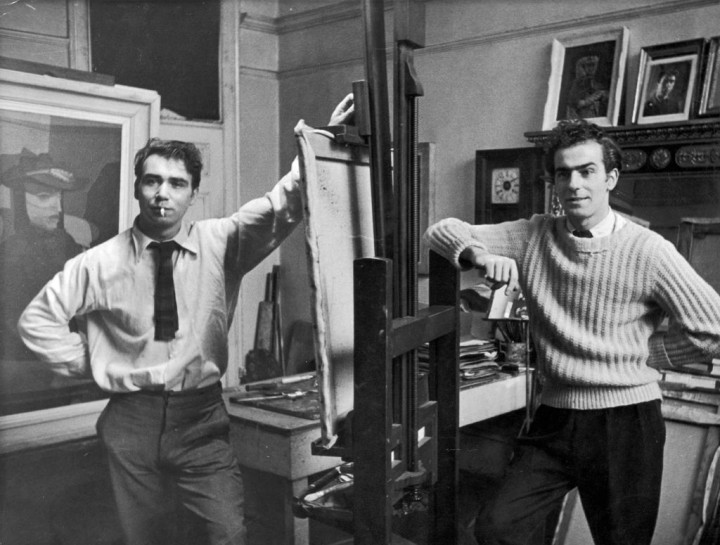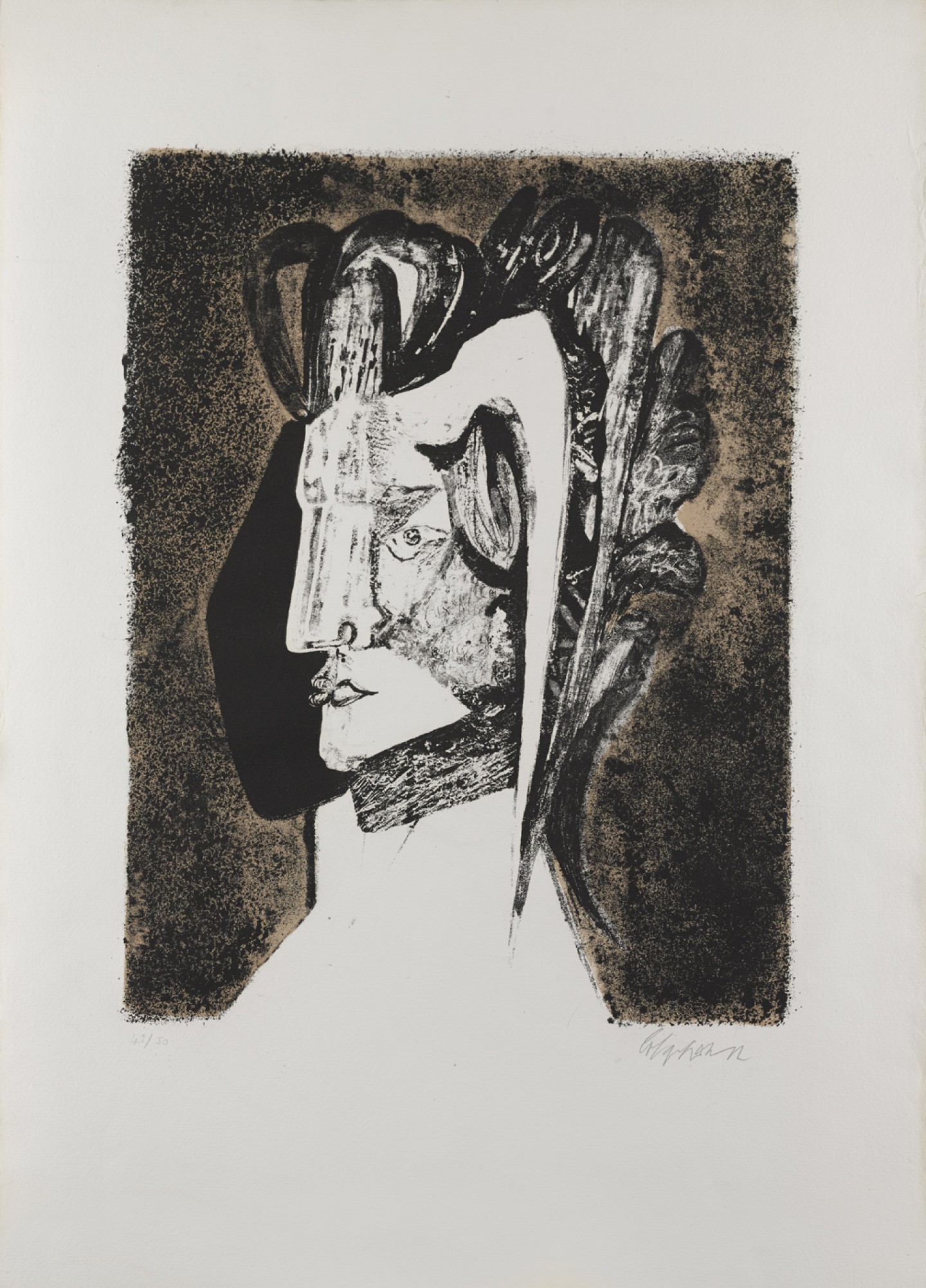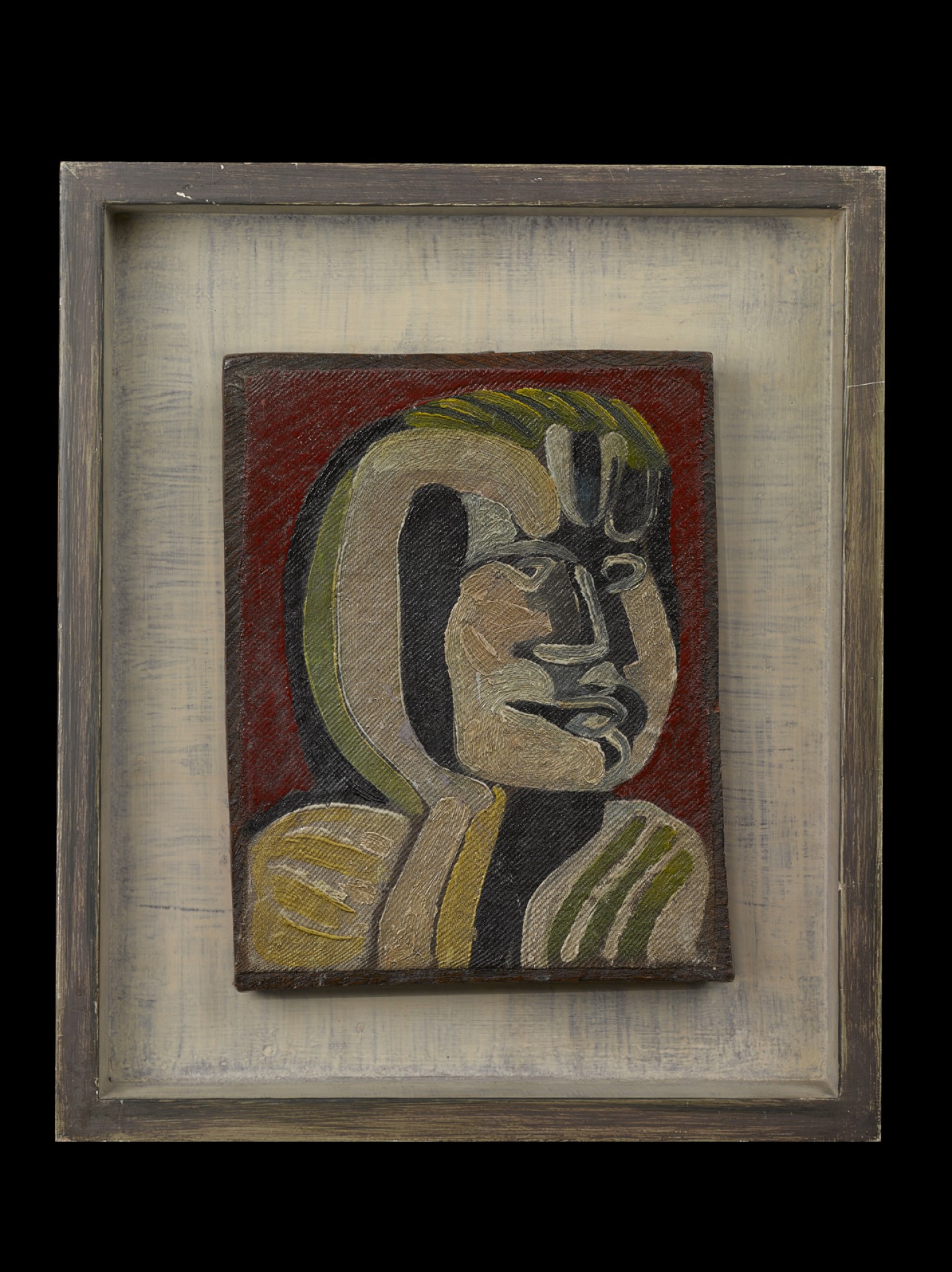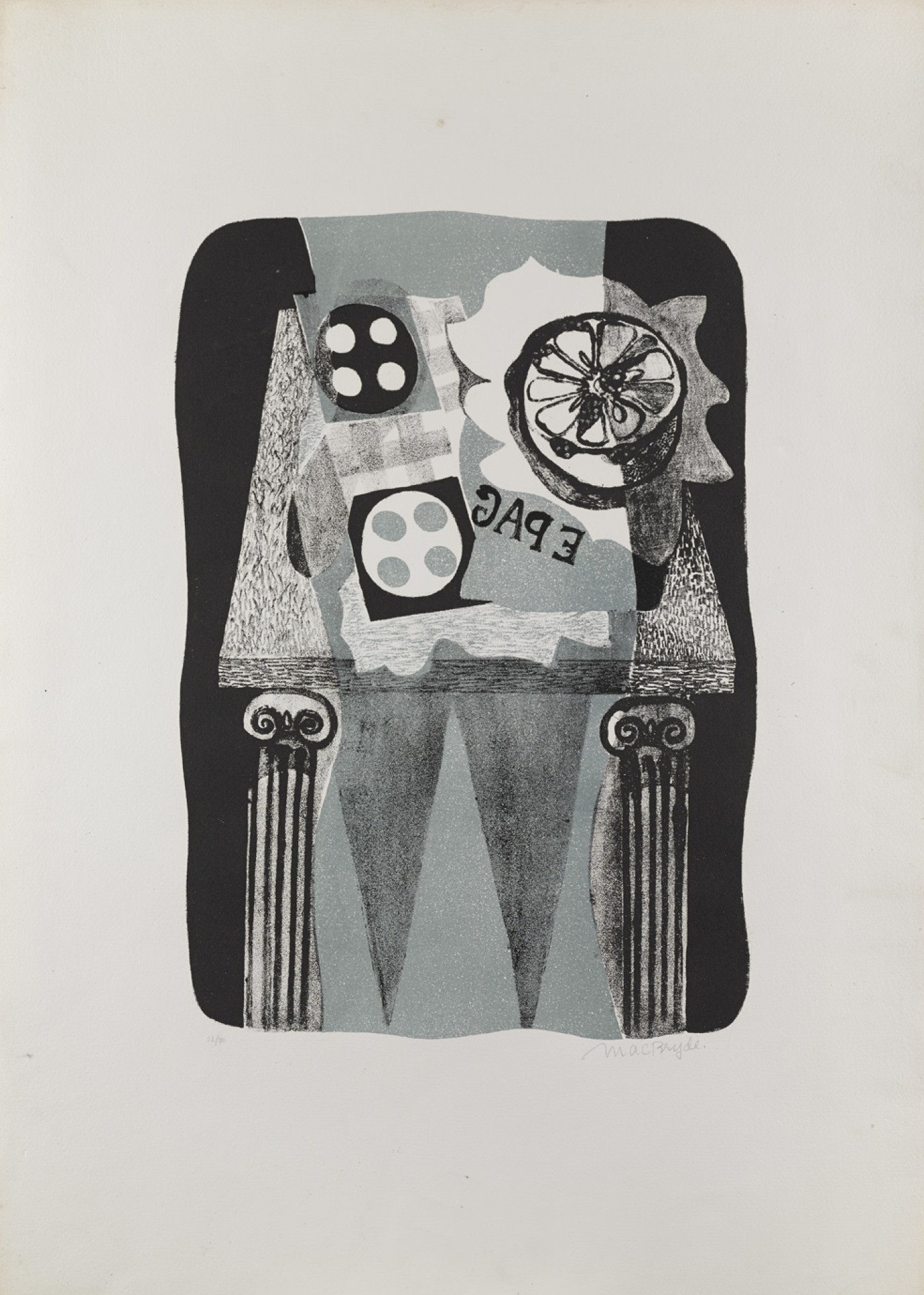Scottish Art News
Latest news
Magazine
News & Press
Publications
The Two Roberts: Artists, Lovers, Outsiders
By Susan Mansfield, 23.07.2025


The Two Roberts, Photographer Felix Man, Courtesy of Getty Images
It started with a tweet. Writer and broadcaster Damian Barr found himself staring at a painting shared on social media by a Scottish art gallery. He thought he was looking at a Braque or a Picasso, but the accompanying post told him it was the work of Robert MacBryde.
And so he discovered the Two Roberts, Colquhoun and MacBryde, both graduates of Glasgow School of Art in the 1930s, who were among the brightest lights of their generation. Their fearless embrace of European modernism earned them the nicknames ‘McPicasso’ and ‘McBraque’. The story of their rise and fall was so compelling that Barr abandoned the book he had been working on and started writing The Two Roberts, a novel to be published by Canongate in September.
He is also curating a show, Robert MacBryde and Robert Colquhoun: Artists, Lovers, Outsiders, opening in October at Charleston In Lewes, the gallery outpost of the house near Lewes in East Sussex which was the home of Bloomsbury Group artists Vanessa Bell and Duncan Grant. Incredibly, it is the first major exhibition of the Roberts’ work in England since they died in the 1960s.
‘My first thought was, how could I have missed them, these two astonishing, incredibly talented Scottish artists?’ Barr says. ‘And what I began to realise is that because of who they were – gay; Scottish; working-class; alcoholics; depending on who you listen to, absolutely charming or a pair of absolute nightmares – they did not enjoy the reputation that they deserved.
‘To my mind, they should be up there with the Glasgow Boys, the Scottish Colourists, the Mackintoshes, Joan Eardley. We should be really proud of them and we should understand them as important artists who are from Scotland, not just important Scottish artists. They were in dialogue with Europe and they were hugely influential on artists like Francis Bacon and Lucien Freud.’ Colquhoun was born in Kilmarnock in 1914, MacBryde in Maybole a year earlier.

Robert Colquhoun, 'Head of Absalom', (1959). The Fleming Collection, copyright the artist's estate.
‘Artists like Freud and John Minton were in their orbit, but Colquhoun and MacBryde were the sun and everybody else was orbiting around them,’ Barr says. Yet, history confined them to the footnotes in other people’s stories until Roger Bristow’s 2010 biography, The Last Bohemians, and the 2014 exhibition at National Galleries of Scotland. Barr believes the taboo attached to them as a gay couple when homosexuality was still criminalised affected how they were remembered. ‘I think, as a writer, I’m always alert to stories that haven’t been told, or stories that have been elided or erased or misinterpreted. As working-class artists, gay artists, and Scots in England, they were outsiders in every sense. I wanted to come at them from a perspective of “I’m also gay, I’m also Scottish, I’m also working-class.” It’s very strange and sad that many of the problems they faced are still problems now; so much has changed, but so much hasn’t. They lived a very unashamed life, but it was very dangerous for them. The pressure it put on their relationship and on their careers was huge.’
The Roberts’ time in the spotlight was brief. By the mid 1950s, the art world was in thrall to the abstract expressionists. Having quit Bedford Gardens (possibly because they were evicted), they became dependent on the kindness of friends and strangers. Both were heavy drinkers and, having no financial safety net, they were often penniless. Colquhoun died suddenly in 1962 at the age of 47, while preparing for an exhibition which may have heralded their comeback. After his death, MacBryde moved to Ireland, where he was killed in a car accident outside a pub four years later.

Robert Colquhoun, 'Head Study' (1953). The Fleming Collection, copyright's the artist's estate.
Their first home after leaving Bedford Gardens was in Lewes where they lived for two years at the invitation of the ‘Ladies of Millers’, the sculptor Caroline Byng-Lucas and her older sister Frances Byng-Stamper, who had set up the Millers’ lithography studio and art centre in the town, exhibiting the work of artists like Cezanne, Matisse and Picasso.
‘Lewes was home for them for a while, and gave them a place to work and be,’ Barr says. ‘It was where they did most of the work on the ballet Donald of the Burthens which they designed for Covent Garden. They were largely contemptuous of the Bloomsbury Group, except for Duncan Grant because he was gay and Scottish and very nice to them! But Charleston today has a strong and demonstrable record of showcasing the work of LGBT+ artists and I was delighted to be asked by them to curate this show.’
Barr hopes to include in the exhibition the lithographs made by the Roberts in Lewes, as well as significant paintings by them and of them, including a double portrait painted by their tutor at Glasgow School of Art, Ian Fleming, and sketches of them by Freud and Minton. Collectors have offered Colquhoun and MacBryde works which have not been exhibited for 60 years.

Robert MacBryde, 'Still Life I' (1960). Copyright The Tate.
‘There’s so much good will for the Roberts, there’s a sense that they deserve this,’ Barr says. ‘I feel that strongly: however chaotic they were, or however badly they behaved (and there are plenty of stories), they were good people and great artists. If they were alive now, they’d be winning the Turner Prize for Scotland.’
While foregrounding their work, he hopes to tell the story of their lives and the bohemian world in which they moved. ‘I don’t want to tell the story in a conventional way because they weren’t and I’m not. I want you to fall in love with them and their work. But so often you get the life story, you get the scandal, and you don’t get the work. So for me, the exhibition is about putting the work front and centre. I’m just really excited about lurking in the gallery and listening to people say, “Oh my God, these people are incredible.”’
Susan Mansfield is an arts journalist based in Scotland.
The Two Roberts by Damian Barr is published by Canongate on 4 September. Robert MacBryde and Robert Colquhoun: Artists, Lovers, Outsiders will exhibit at Charleston In Lewes from 22 October 2025 to 8 March 2026.




